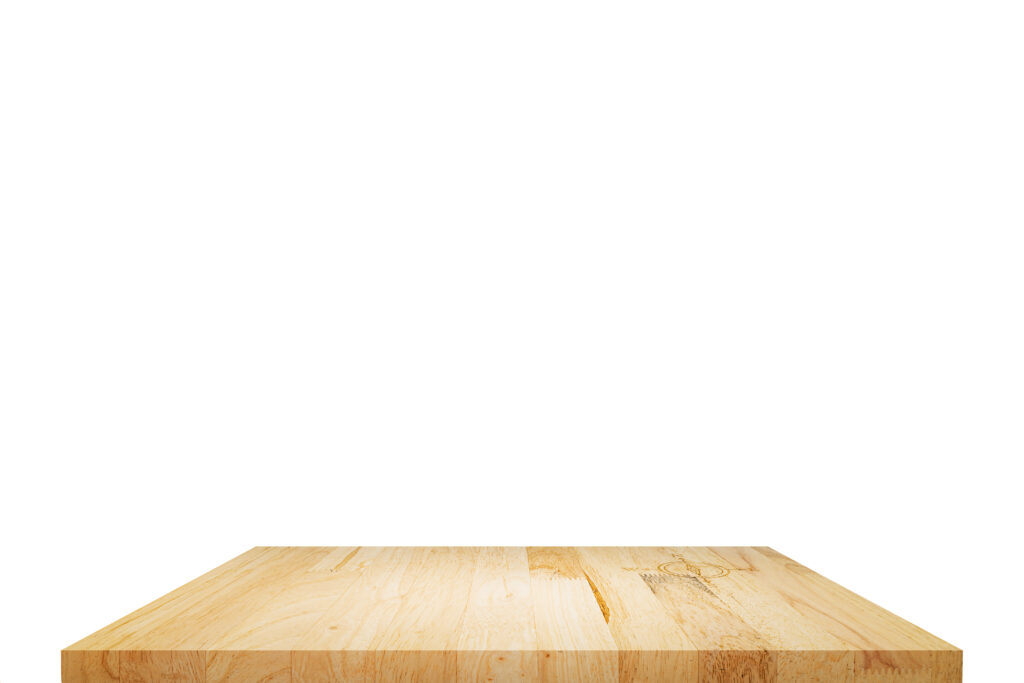
Hardwood floors add beauty and elegance to any home, including those in San Jose, California. However, over time, even the most durable hardwood floors can show signs of wear and tear. Refinishing hardwood floors is a common practice to restore their original luster and extend their lifespan. But how often should hardwood floors be refinished in San Jose? In this article, we will explore the factors that affect the frequency of refinishing hardwood floors and provide guidelines for homeowners in San Jose to help them make informed decisions.
Factors Affecting Refinishing Frequency
Traffic and Usage
The amount of foot traffic your hardwood floors receive plays a significant role in determining how often they should be refinished. In a bustling city like San Jose, where residents are constantly on the move, it’s likely that your floors will experience higher levels of wear and tear compared to a quieter location.
Homes with children or pets may have increased foot traffic and the potential for scratches or damage. Additionally, homes that frequently host gatherings or parties can also contribute to accelerated wear on the floors.
As a general guideline, higher-traffic areas, such as hallways and living rooms, may require more frequent refinishing compared to less-used spaces like bedrooms.
Maintenance and Care
Proper maintenance and care can significantly impact the longevity of your hardwood floors. Regular cleaning, promptly wiping up spills, and using appropriate cleaning products are essential for preserving the floor’s finish and minimizing the need for refinishing.
Additionally, using area rugs or furniture pads can provide an extra layer of protection against scratches and dents. Regularly trimming pet nails and avoiding wearing high-heeled shoes on the floors can also help maintain their condition.
Type of Finish
The type of finish applied to your hardwood floors can affect the frequency of refinishing. There are generally two types of finishes: surface finishes (such as polyurethane) and penetrating finishes (such as oil-based finishes).
Surface finishes tend to be more durable and can withstand greater wear and tear. They form a protective layer on top of the wood, making it easier to maintain and less prone to damage. As a result, hardwood floors with surface finishes may require less frequent refinishing compared to those with penetrating finishes, which tend to wear away faster.
Visible Signs of Wear
It’s essential to monitor your hardwood floors for visible signs of wear and damage, as this can help determine when refinishing is needed. Look out for scratches, deep gouges, worn patches, or an overall dull appearance.
If you notice signs of wear, it’s a good indication that your hardwood floors are due for refinishing. However, keep in mind that waiting too long can further damage the wood, making the refinishing process more extensive and expensive.
Guidelines for Refinishing Frequency
While the specific refinishing timeline will vary depending on the factors mentioned above, here are some general guidelines for homeowners in San Jose, California:
Every 7-10 Years
In moderate-traffic areas with proper maintenance and care, hardwood floors typically require refinishing every 7 to 10 years.
Regularly cleaning the floors, promptly addressing spills, and following proper maintenance practices can help extend the time between refinishing cycles.
High Traffic Areas
High-traffic areas, such as entryways, hallways, and living rooms, may require more frequent refinishing, typically every 3 to 5 years.
These areas experience more wear and tear, making them more susceptible to scratches, scuffs, and general dullness.
Assessing the Floors
It’s essential to assess the condition of your hardwood floors periodically to determine if refinishing is necessary.
Look for signs of wear, such as deep scratches, worn finish, or a lack of lustre. If the floors no longer respond to routine cleaning and appear worn even after maintenance efforts, it’s likely time to consider refinishing.
How do I know if my hardwood floors need refinishing?
To determine if your hardwood floors need refinishing, look for signs of wear and damage. Check for deep scratches, worn finish, dullness, or discoloration. If routine cleaning no longer restores their appearance or the floors feel rough to the touch, it may be time to consider refinishing. Another test is to sprinkle water on the floor; if the water beads up, the finish is still intact, but if it soaks into the wood, refinishing is likely needed. Additionally, if you notice any structural issues like loose boards or significant gaps, refinishing may be necessary along with repairs.
What are the cons of refinishing hardwood floors?
While refinishing hardwood floors has numerous benefits, there are some potential drawbacks to consider. Firstly, the process can be time-consuming, requiring you to vacate the area being refinished temporarily. It can also be messy, with dust and strong odors from the chemicals used. Refinishing can be costly, especially if extensive repairs or multiple layers of finish need to be removed. Additionally, refinishing removes a thin layer of wood, which reduces the floor’s overall thickness. Lastly, the process may require professional expertise and specialized equipment, making it challenging for DIY enthusiasts.
What is the difference between resurfacing and refinishing hardwood floors?
The terms “resurface” and “refinish” are often used interchangeably, but they actually refer to two different processes for treating hardwood floors. Refinishing involves sanding down the existing finish and applying a new one, which helps restore the original appearance of the wood. On the other hand, resurfacing typically involves a more intensive process where a thin layer of hardwood is removed, exposing a fresh surface. This process is typically done when the floors have deep scratches, stains, or extensive damage that cannot be adequately addressed through refinishing alone. Resurfacing can also involve replacing damaged boards before applying a new finish.
Conclusion
Refinishing hardwood floors is an effective way to restore their beauty and protect their longevity. In San Jose, California, where residents lead busy lives and homes experience varying levels of foot traffic, it’s essential to consider factors such as usage, maintenance, type of finish, and visible signs of wear when determining the frequency of refinishing. Following the guidelines mentioned above and staying attentive to the condition of your hardwood floors will help you make informed decisions and ensure that your floors remain stunning for years to come.

